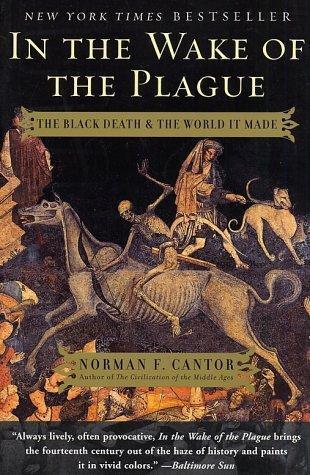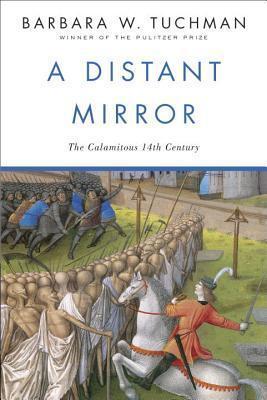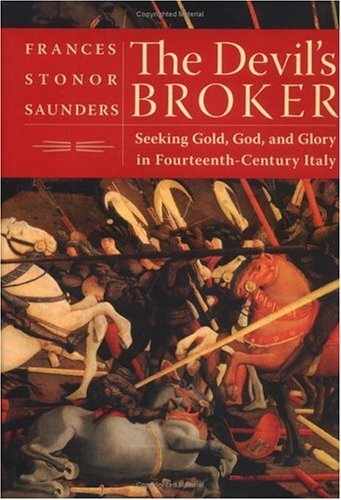S5.03 Long Line of Orphans

In the Wake of the Plague: The Black Death and the World It Made
by Norman F. Cantor
The Black Death was the fourteenth century's equivalent of a nuclear war. It wiped out one-third of Europe's population, taking some 20 million lives. And yet, most of what we know about it is wrong. The details of the Plague etched in the minds of terrified schoolchildren—the hideous black welts, the high fever, and the awful end by respiratory failure—are more or less accurate. But what the Plague really was and how it made history remain shrouded in a haze of myths.

A Distant Mirror: The Calamitous 14th Century
by Barbara W. Tuchman
The 14th century gives us back two contradictory images: a glittering time of crusades and castles, cathedrals and chivalry, and a dark time of ferocity and spiritual agony, a world plunged into a chaos of war, fear and the Plague. Barbara Tuchman anatomizes the century, revealing both the great rhythms of history and the grain and texture of domestic life as it was lived.

The Devil's Broker: Seeking Gold, God, and Glory in Fourteenth- Century Italy
by Frances Stonor Saunders

Plagues and Peoples
Upon its original publication, Plagues and Peoples was an immediate critical and popular success, offering a radically new interpretation of world history as seen through the extraordinary impact--political, demographic, ecological, and psychological--of disease on cultures. From the conquest of Mexico by smallpox as much as by the Spanish, to the bubonic plague in China, to the typhoid epidemic in Europe, the history of disease is the history of humankind. With the identification of AIDS in the early 1980s, another chapter has been added to this chronicle of events, which William McNeill explores in his new introduction to this updated editon.




